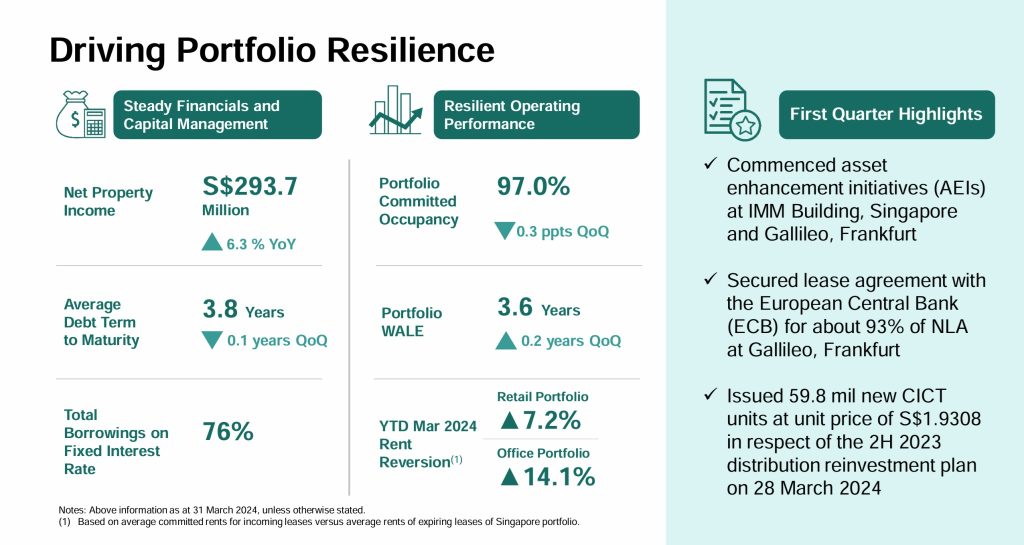I had the chance to review this book “It is only Money and It grows on Trees!” by Cara MacMillan. This is a very easy book to read, and a pretty short one too. You can finish it in one sitting if you have about an hour or two to spare, but it will probably take a little longer if you try out the exercises at the back of the book. I’ll talk about these exercises in a while.
This book has the writing style of the classic “The Richest Man in Bablyon” by George Samuel Clason, in the sense that it uses a collection of parables and stories to illustrate and explain certain financial concepts about money and the baggage that is tied to it. The stories are not set in ancient Bablyon however, but are set in the less sexy and more mundane sharing session of a modern day classroom. In each chapter, a group of students will share their ideas and beliefs about money with the teacher and it is through their interaction that we derive the lessons on money ourselves. While the characters are fictitious, they are no doubt drawn from the author’s rich experience in volunteering and helping out in various organisations.
If the stories in each chapter is not enough to create that eureka moment in your own relationship with money, the exercises at the back of the book should help. For each chapter, there is a set of exercises with questions aimed at directing the reader to reflect on each story. I only wish that I had known it while reading the book, not after I’ve finished reading it. In my opinion, the exercises should be placed after the end of each chapter (as opposed to placing it after the end of all chapters) so that it becomes more like a guided worksheet to help readers distil and crystallise the salient points in each chapter.
This book is suitable for the lay person who is remotely interested in the concepts about money. There is absolutely no formula or complicated theories that will frighten and push readers away. Stories are easy to relate to and I especially like the part where the sharing session in the classroom talks about the different mindset of money that is related to cultures and religion. It’s interesting to see how the worldview of different cultures differs when talking about money. In a way, I feel that this book is like the family friendly, less aggressive version of “The Secrets of the Millionaire Mind” by T.Harv Eker. Unlike the book by T.Harv Eker, this book does not scold or push you and does not motivate you angrily. Instead, it coaxes and encourages you. Hence, I will recommend this book to teenagers or students with not much background in personal financial concepts. It should serve as a first book for them to ease them into the deeper and meatier parts of personal finance literature.
For other readers, I will recommend reading this book side by side with “The Secrets of the Millionaire Mind”. One is the yang and the other is the yin version of the same thing. I think it’ll be a very interesting reading experience to compare and contrast how similar information is passed on to the readers.
This article is contributed by La papillion a long time friend and blogger of Bully the Bear – chronicles his journey from an amateur in the stock market to where he is today.
Special thanks to Kelsey from Book Publicity Services for providing the book and one lucky reader will win a copy of this book. To win, contact me with a valid email and one lucky reader will be chosen.






